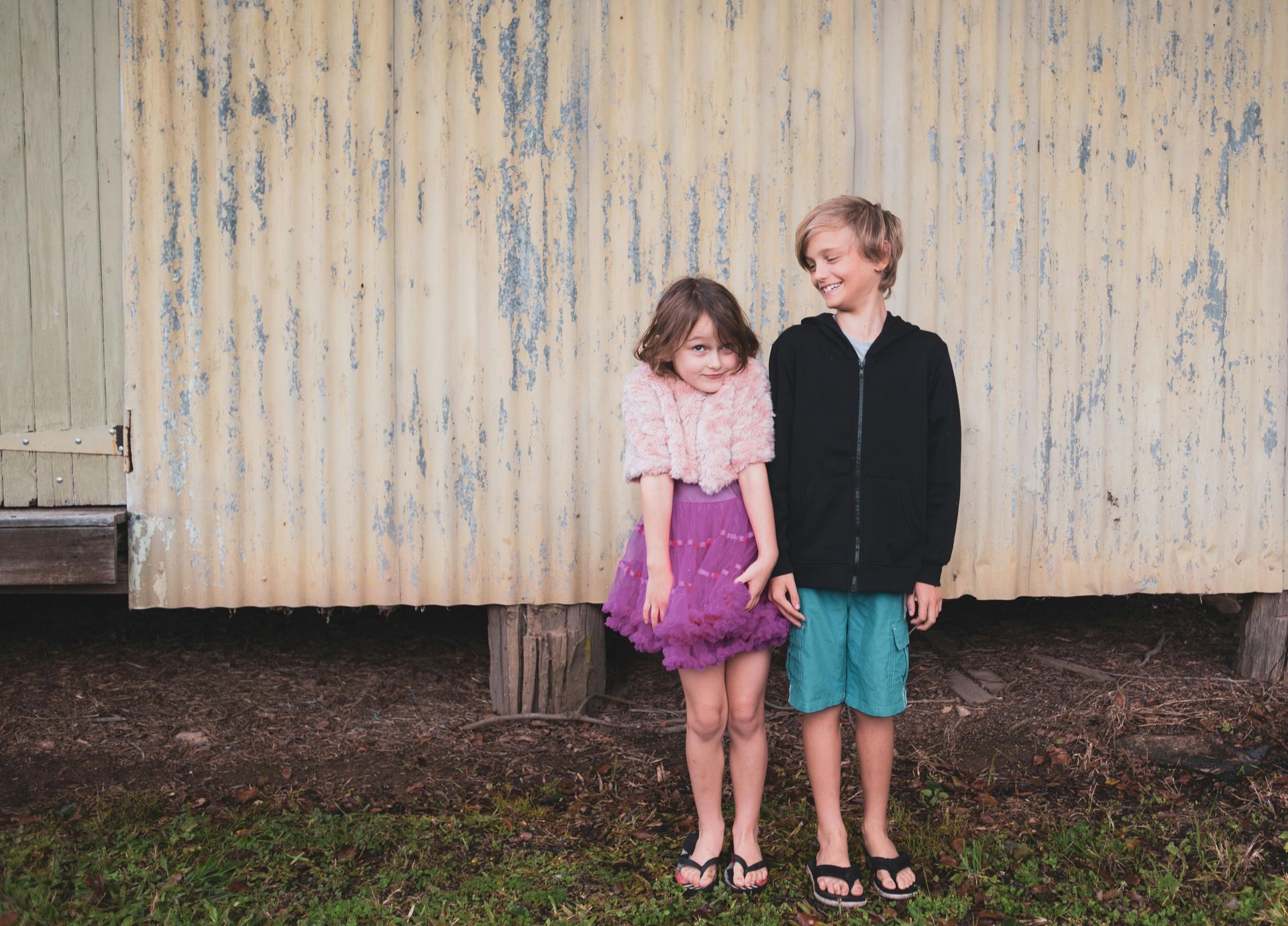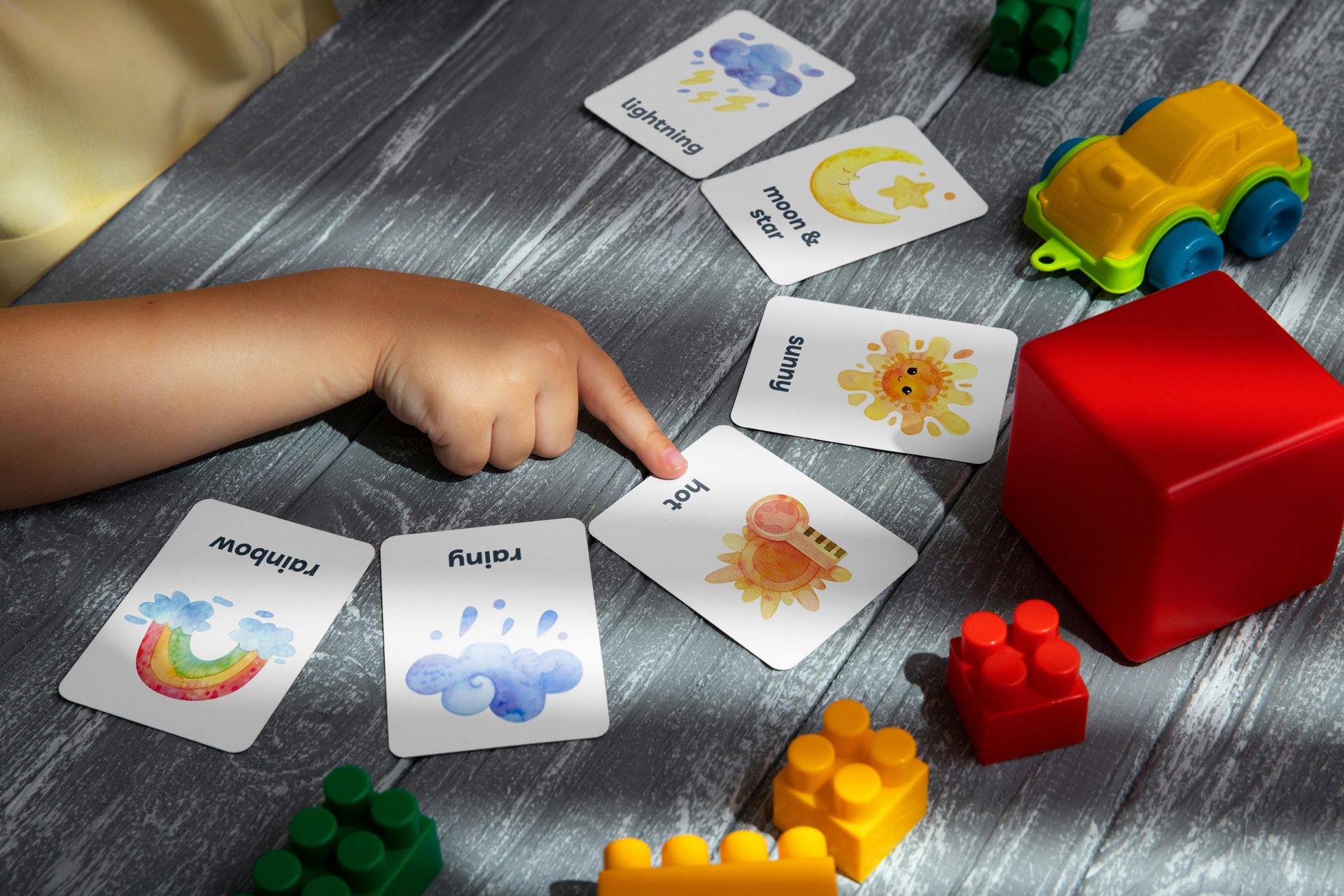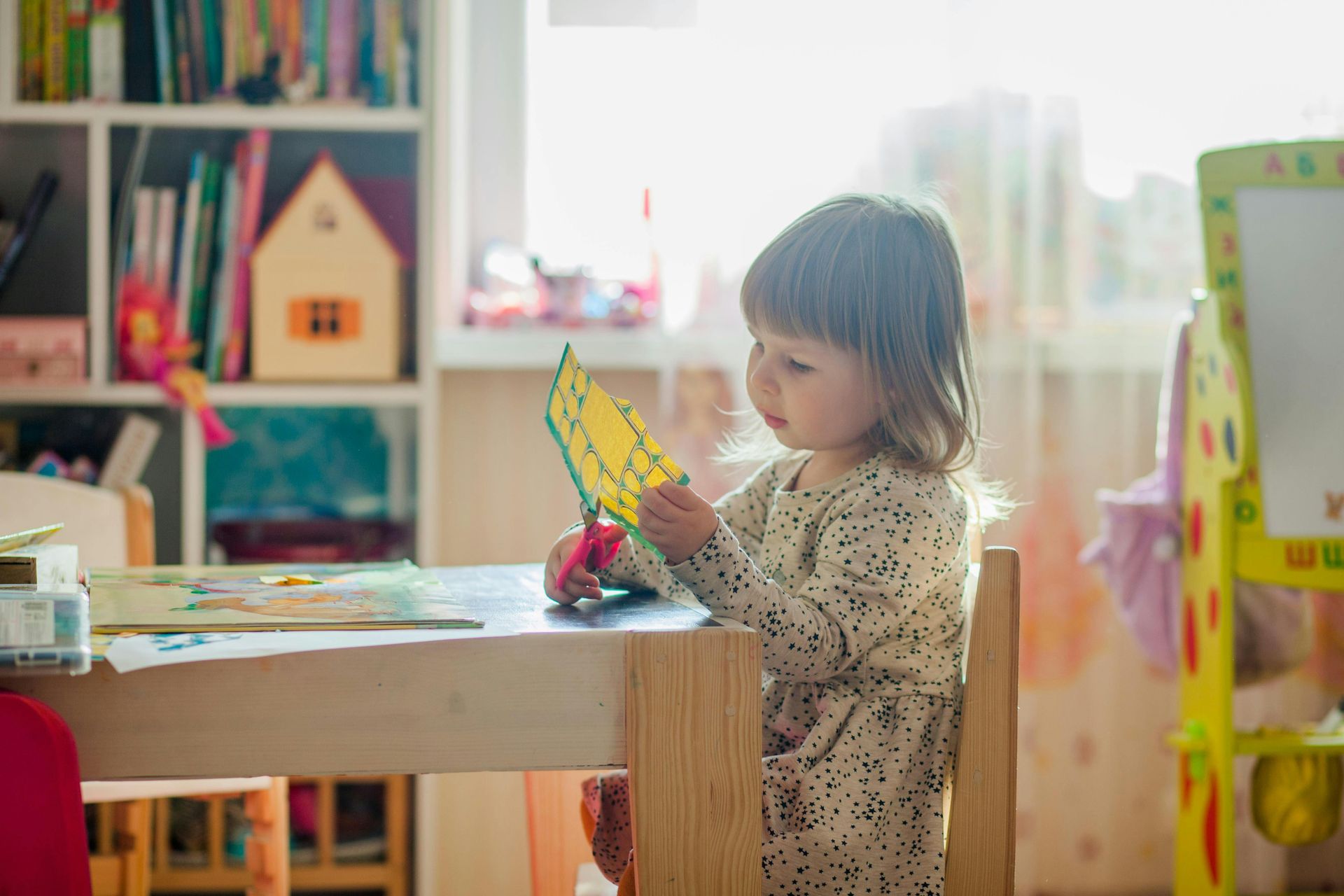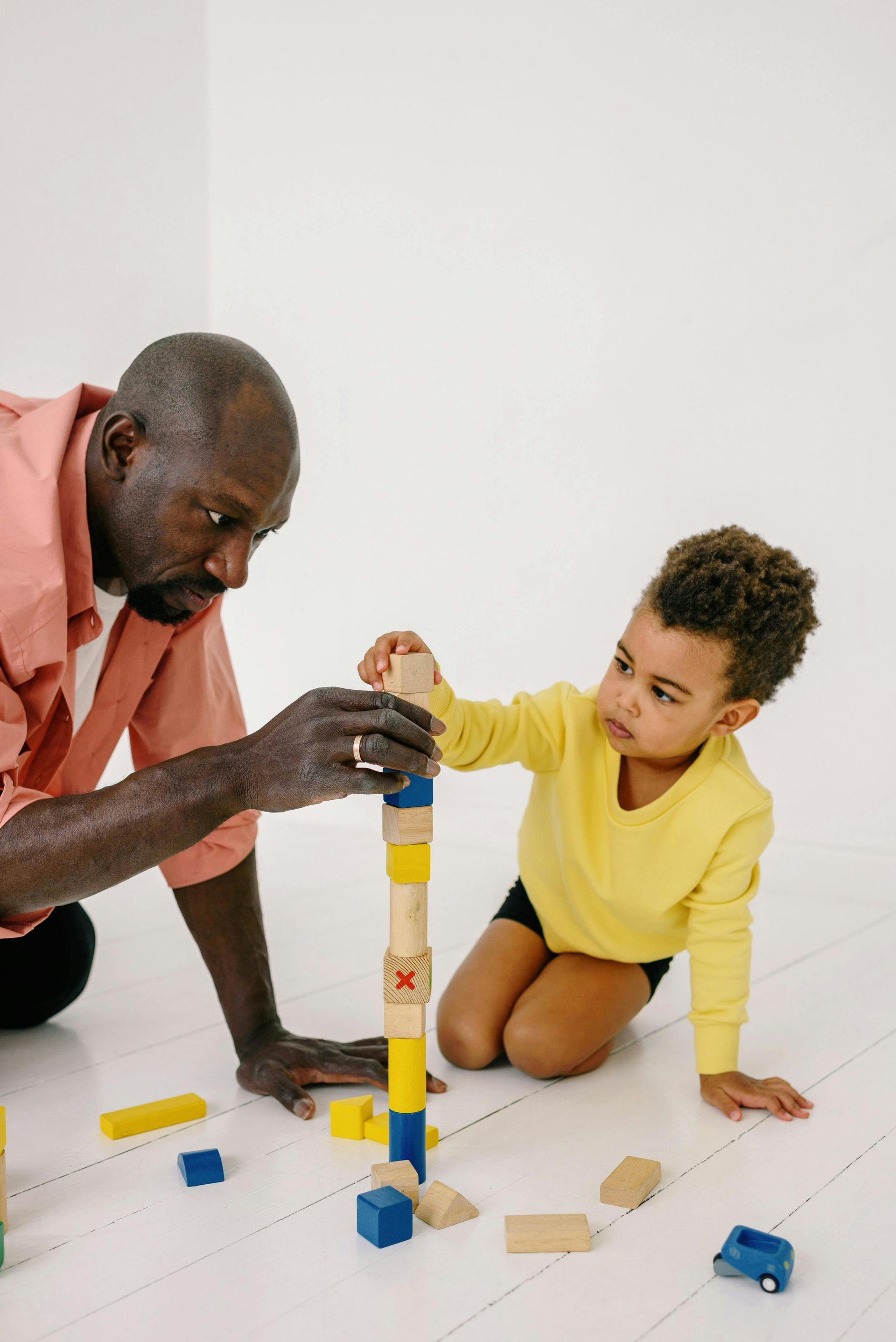Being the Sibling of a Child with Autism
Being the Sibling of a Child with Autism

Sibling relationships are always complex and often difficult—this may be even more likely if you are a sibling to someone who has autism. There is nothing you can do to make their autism go away, but there are steps you can take to be the best sibling you can to them.
Knowledge is power, and the more you know about autism, the easier it may be to understand your sibling and to build a relationship with them. You likely have already had conversations with your parents about autism, and you should continue to go to them with questions. The guidance counselor or special education teacher at your school may be able to give you additional insights.
You can also ask to speak with your brother or sister’s therapist. Their therapist can give you more information on why your sibling acts and reacts the way they do. Another option is to ask your parents if you might join in for a therapy session. Sitting in on therapy may help improve your ability to communicate with your sibling, and it may strengthen your empathy for your sibling and what they are going through.
Another important tip is to simply spend time with your brother or sister. It may be challenging to find activities that you both can enjoy, but it’s important to dedicate at least a couple hours each week to quality time. Whether it’s playing a game, doing a puzzle, or playing outside, find a way to connect.
Finally, to embrace your role as the sibling of someone with autism, you need to accept two things. First, you must accept your sibling as they are, loving them even when interactions are challenging. Autism is a lifelong condition, and while your brother or sister will learn and grow, it may never be easy to be their sibling. So, secondly, it is important to accept your own emotions. Your feelings matter; own them. Don’t bottle your emotions—feel them, talk about them, and give yourself grace on the hard days.
Positive Reinforcement provides in home ABA therapy services to Richmond Virginia, Somerset Kentucky and surrounding areas










